024: Why You Shouldn't Sightsee After the Camino de Santiago
What I've learned—again—about the transition to post-Camino life
Hello Camino friends! Here’s what’s in this issue:
📆 “Why You Shouldn’t Sightsee After the Camino de Santiago”
📸Scenes from the Camino: Stopping to Admire on the Camino Inglés
🎥This week’s Camino Conversations Guest: Dave Whitson
🥾How to get help planning your Camino.
And watch your email on Monday for my special announcement:)
Are you getting my posts directly to your email or Substack feed? If not, click here to join us.
“What’s the Camino?”
❓Not even sure what the Camino de Santiago is? Start here.
🤔Heard of the Camino but not sure if it’s for you? Read this.
Let’s get started!
📆Why You Shouldn’t Sightsee After the Camino de Santiago
I remember walking past city wall toward the huge gate, stopping to admire the immense door that once closed the city of Pamplona off from invaders. I found myself doing that a lot on the Camino — my body just stopping to take in my surroundings. Often my mouth stretched open in awe or curved into a smile, my mind thinking, “How am I so lucky to be here right now?” My soul welcomed these moments when I was purely in that place, at that time, filled with nothing but gratitude.
Then I walked through the gateway into Pamplona. And was completely overwhelmed.
The sheer number of people—dressed in their work clothes, going about their day—stopping into the pharmacy, meeting friends or co-workers for lunch, walking in shoes that would never be seen on a long-distance walk. No packs on their backs, no hiking sticks in hand.
I’d never been to Pamplona. I knew the annual festival Ernest Hemingway had made famous—the Festival of San Fermín. I knew his statue was somewhere in this city. I knew bulls ran down these narrow streets, on the heels of adventurous (crazy?) people who wanted an adrenaline rush I, myself, would never desire.
I tried to follow the Camino trail markers and came out onto a large plaza where I saw a Camino friend. We decided to have lunch there, but that was about all I could take.
“Are you staying here tonight?” he asked, knowing many Camino pilgrims stay in the big cities to play tourist for a bit.
“No,” I said. “I’m a little overwhelmed, honestly.”
He understood.
—
I felt the same way when I got to Santiago de Compostela — the number of people, the pilgrims mixing with tourists and locals, the buzz of the city.
I’d been warned that reaching Santiago de Compostela—whether after 5 days or 35—could be a let down for some pilgrims. As my friend Lois says, “You can’t plan an epiphany.”
I wasn’t expecting a message from the heavens. But I also wasn’t comfortable with the noise and the stark change from my quiet days of walking the Camino. So I’d escape to my room—a simple cell in former nuns’ quarters on the top floor of the Hospederia San Martín Pinario. In the ornate rooms of the floors below, tourists were enjoying their plush surroundings, while I cherished the quiet of a room that had only the barest essentials—rooms the hotel saves for pilgrims.
Thankfully, I’d been warned about the mixed feelings I’d have arriving in Santiago de Compostela. And thankfully I’d arrived with time to spare before my flight back home. So I gave myself a post-Camino retreat in a quiet town—my first chance in 37 days to sleep in the same bed for more than one night. I read, journaled, watched the movie The Way a second time and cried at the opening scenes—feeling terrible for telling my parents, “I’m going on a walk across Spain. Here’s my rough plan. I’ll email you when I can.” (This was long before international communication was as easy as it is today.)
That retreat gave me the space to start to processing this incredible experience I’d just had.
And that’s why I always recommend my clients avoid “tourism-style” travel post-Camino. Pre-Camino? Sure. Post-Camino? No.
In my 12+ years of walking and working with Camino pilgrims, I’ve lost count of how many people have lamented their decision to dive into sight-seeing after their Camino.
I know some of you will say, “We went to X, Y, and Z after our Camino and had a great time!”
To which I say, “Good for you!”
You’re not who I’m talking about.
I’m talking to those of us who can’t jump right back into our lives after something as transformative as the Camino de Santiago. In my experience, clients who have tried to sight-see post Camino have regretted the decision on some level. The world just looks different post-Camino. For many of us, it’s not an easy transition.
—
One of the reasons I keep walking the Camino de Santiago is to be reminded of these things. I’m someone who needs transition time. Not just post-Camino, but anytime I shift from one phase of life to another. Time to reflect on what I’m leaving behind. Time to mourn what I’ll miss. Time to say goodbye. Time to just “be”—ideally without too much technology.
I forgot all this when I returned from the Camino Inglés a few weeks ago. I jumped right back into my life and it took nearly a full day to realize why I was feeling so miserable. I hadn’t planned a transition day. Or two or three.
So 24 hours after my return, I gave in: it’s time to stop, Rebecca. Stop trying to accomplish anything. Read a book. Take a nap. Watch TV. This is not the time for productivity. It’s a time to putter. To sit. A time to process with friends who know what post-Camino life is like.
So that’s what I did.
With love,
Rebecca
📸Scenes from the Camino: Stopping to Admire on the Camino Inglés
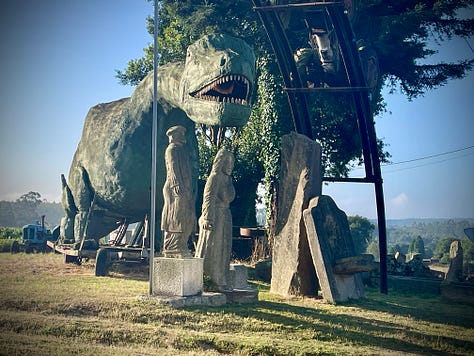
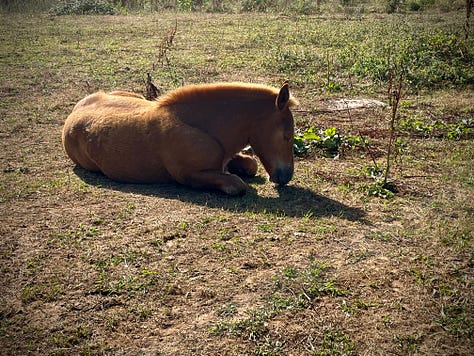
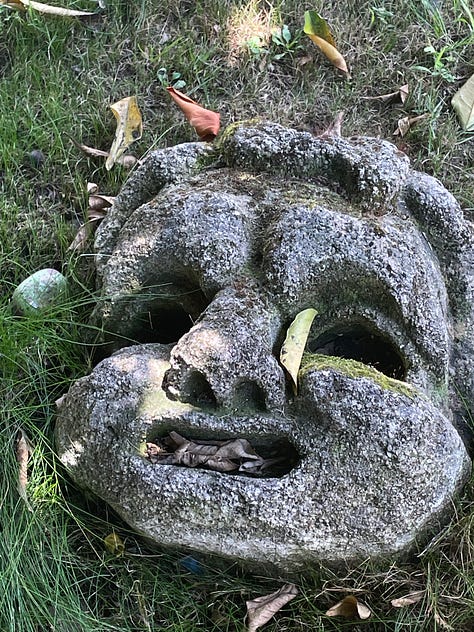
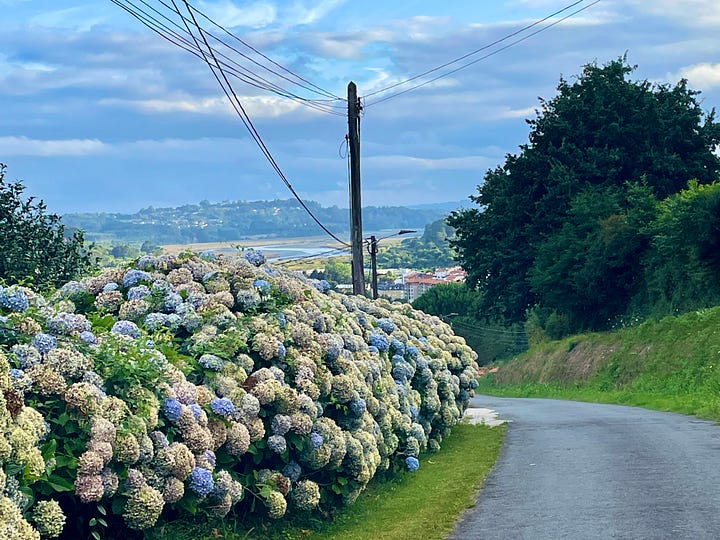
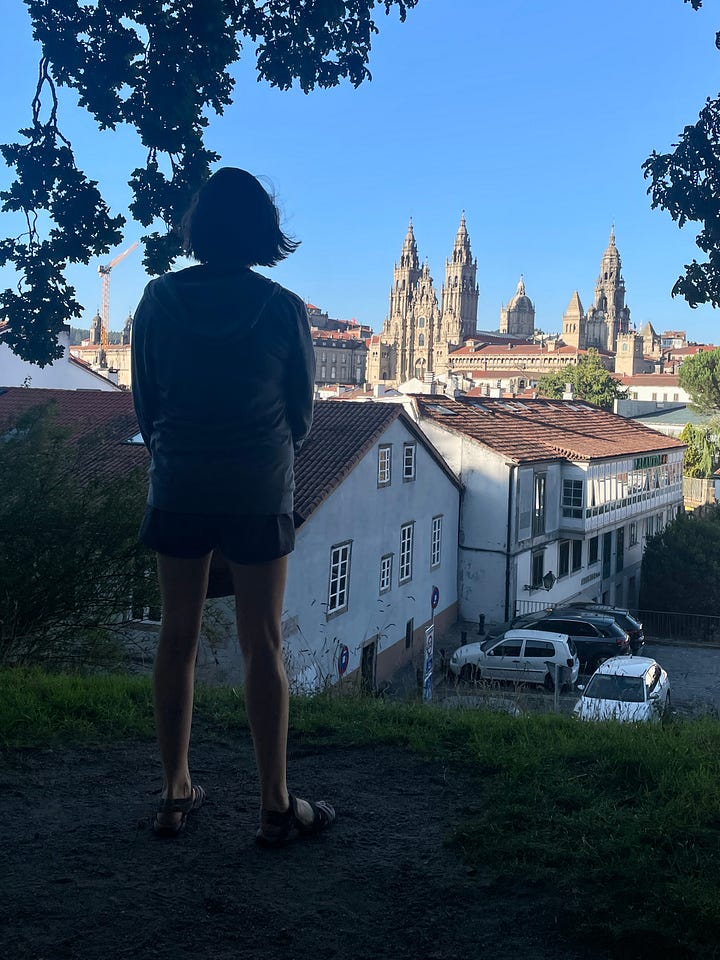
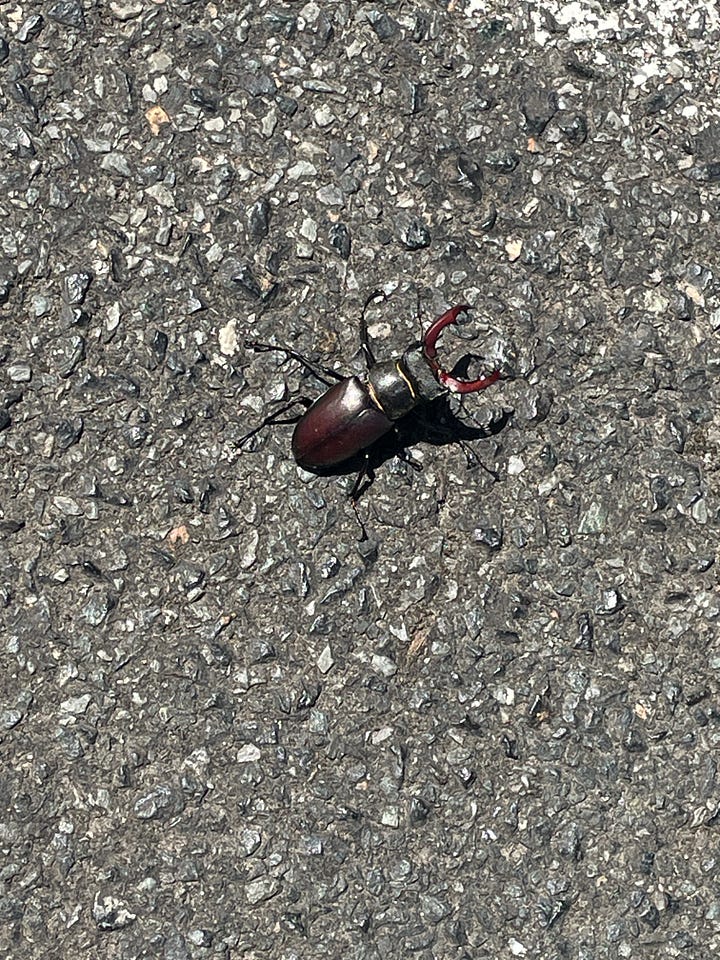
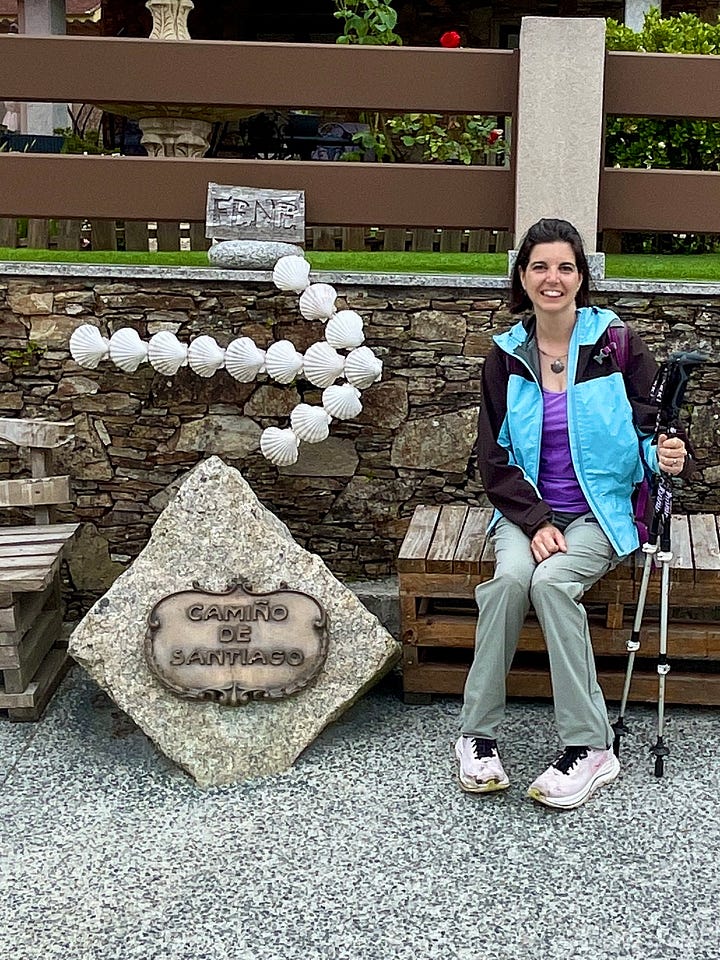
Camino Conversations:
Live talks with Camino pilgrims— every Wednesday at 11 ET.
Upcoming:
Wednesday, August 6, 11-11:45 EST: Dave Whitson has walked pilgrimage routes around the world. In his book Pilgrimage: A Medieval Cure for Modern Ills, Dave—who doesn’t consider himself religious—explores why these centuries-old religious traditions still speak so powerfully to our modern needs for community, meaning, connection, and renewal. He also hosts the oldest podcast about the Camino de Santiago (The Camino Podcast). Click this link at 11am ET on Wednesday, August 6 to join us.
Wednesday, August 13, 11-11:45 EST: Hana Maris — Last August, at age 65, Hana walked the Camino Primitivo.
Past:
Lois talks about her experiences walking over 500 miles on the Camino Francés at 72.
Tim Wesolowski shares his experiences about the Camino Portugués, which he walked at 65.
🥾Ready to start planning your Camino?
Rebecca Weston is an American who walked her first Camino in 2012.
She helps people 45 and over plan their own walks on the Camino de Santiago through her business The Camino Calls.
She and her husband live in Spain in a town of 6500 people on the Camino del Norte. She’s walked more than a dozen Caminos, spent many days volunteering along the trail, and if she’s not walking one now, she’s planning the next—and would love nothing more than to help you plan yours, too.

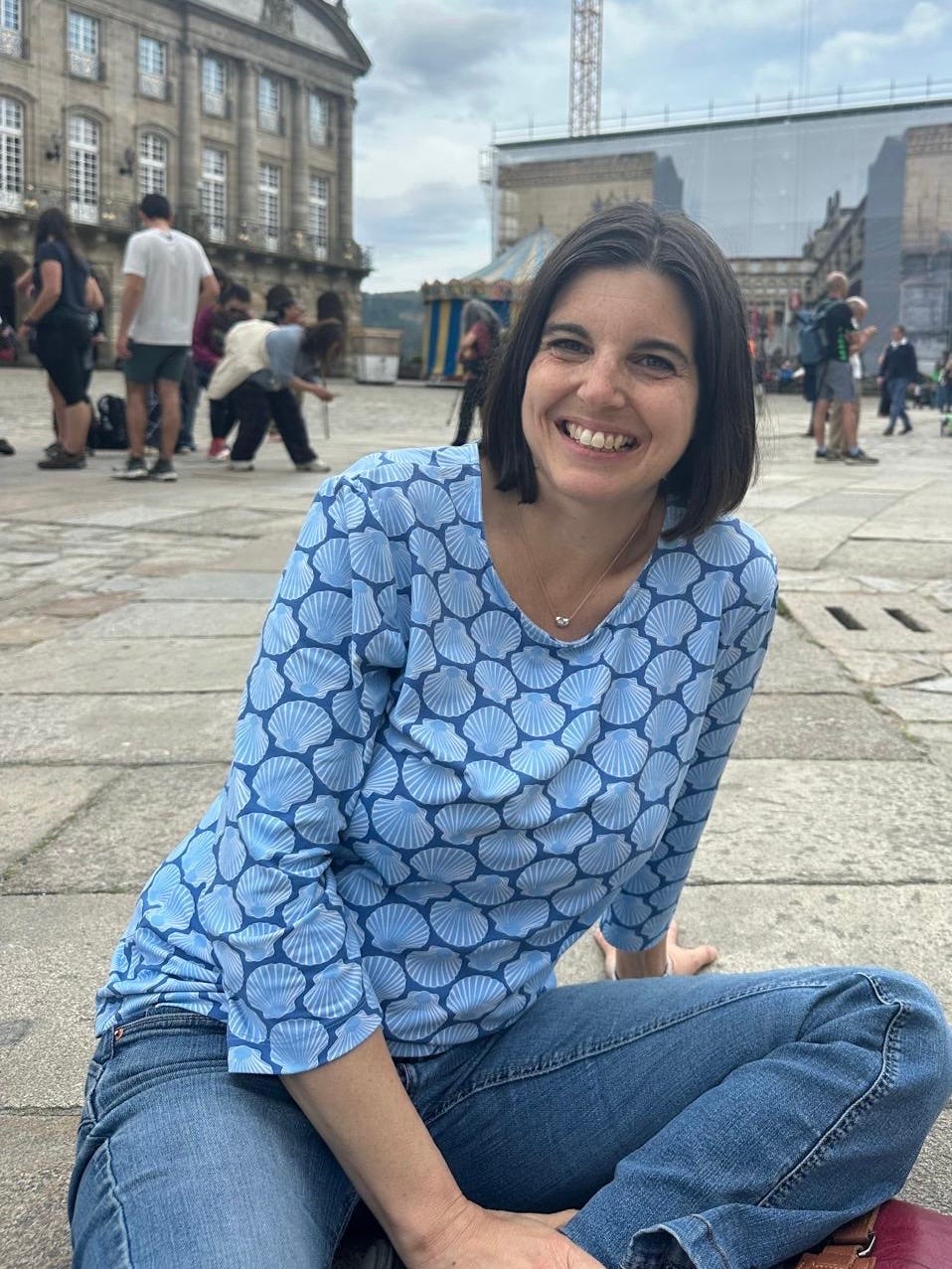
It's so nice to get this insight about post-Camino, Rebecca. And especially to learn more about the let down--always helpful to be prepared. I imagine it's similar to the post-performance let down that some in the entertainment industry experience, like when actors in a stage production perform their final show. Your full attention has been on the goal for so long, and then the goal is reached, and there is nothing significant to take its place, leaving a void for a time. Thanks for sharing this!
I don't know if you've seen Anaïs or @nosomosnadie. She became a worldwide viral sensation back in May when she opened an IG account when starting her nnnnth Camino solo, so a friend who didn't have her usual TikTok -- could follow her. She started out with 35 followers... her hilarious self deprecating videos, daily sagas and adventures walking El Camino have accrued her more than 2.1M views, 291K followers, TV and radio interviews, podcasts and even the Talento Nacional Prize in Canarias.
https://www.instagram.com/reel/DJmFPNzCktJ/?igsh=MW8xbm1hamdybHU2MQ==
She had walked El Camino from every point, many times, during many years. She is an independent tour guide. With the natural, hilarious self deprecating humor of the Spanish south. Check her out🌿